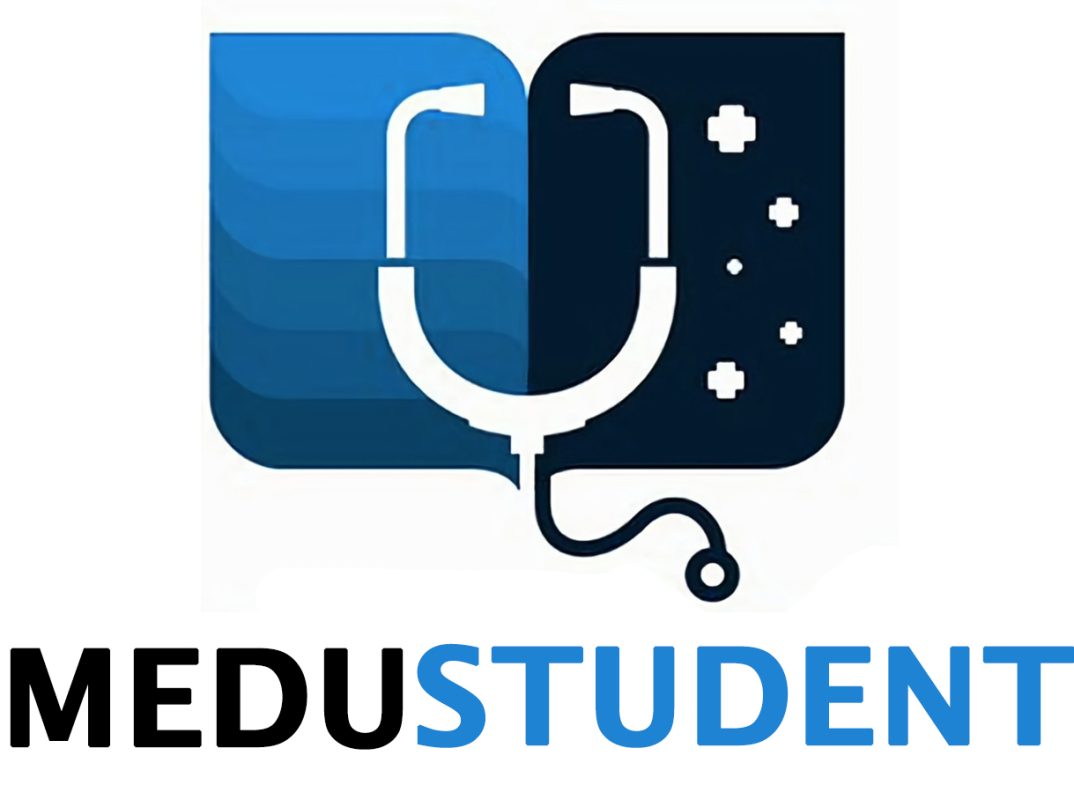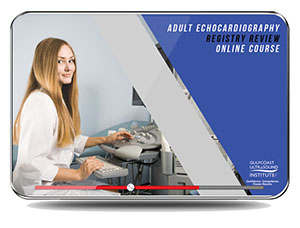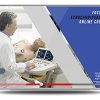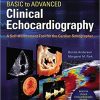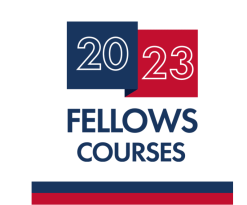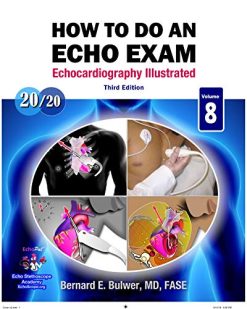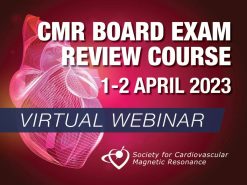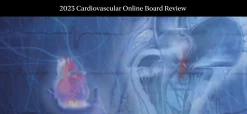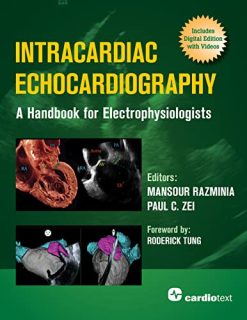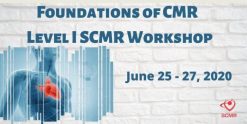GULFCOAST Adult Echocardiography Registry Review 2020
$40,00
This Product is shared via google drive download link, So please share your correct Gmail id while placing the order .Please note that there are no CME points or certificate associated with this course Samples for Courses Can be found here : Free Samples Here!
Category: CARDIOLOGY
GULFCOAST Adult Echocardiography Registry Review 2020
11 Videos
Objectives
- – Increase the participants’ knowledge to better perform and/or interpret cardiac ultrasound examinations.
- – Apply knowledge of the cardiac anatomy and corresponding cardiac physiology of the systemic & pulmonary circulation to perform routine scan protocols for adult
echocardiography.
- – Differentiate normal and abnormal imaging characteristics of the adult cardiac ultrasound examination.
- – Cite commonly seen valvular pathology based upon their characteristic appearance and Doppler signature and/or quantitative diagnostic criteria.
- – Recognize cardiac pathology commonly diagnosed by echocardiography such as pericardial disease, Cardiomyopathies, CAD (ischemic disease), pulmonary hypertension and
congenital heart disease.
- – Apply quality assurance and the relationship of specificity, sensitivity and overall accuracy of cardiac ultrasound examination test validation.
- – Define areas of weakness that require additional self-study to successfully pass your cardiac technology ultrasound board examination. (RDCS or RCS)
Topics :
- Applying Physics of Ultrasound
- Preparing for the Echocardiographic Procedure
- Performing Echocardiographic Imaging
- Valvular Heart Disease
- Ischemic Heart Disease
- Cardiomyopathies
- Stress Echo, TEE, Contrast, and Other Complimentary Imaging
- Pericardial Disease
- Cardiac Tumors
- Aortic Dissection
- Systemic and Pulmonary Hypertensive Heart Disease
- Congenital Heart Defects
- Interactive Practice Exams
Related products
CARDIOLOGY
$20,00 – $55,00Price range: $20,00 through $55,00
$15,00
CARDIOLOGY
$50,00
$15,00
$40,00
